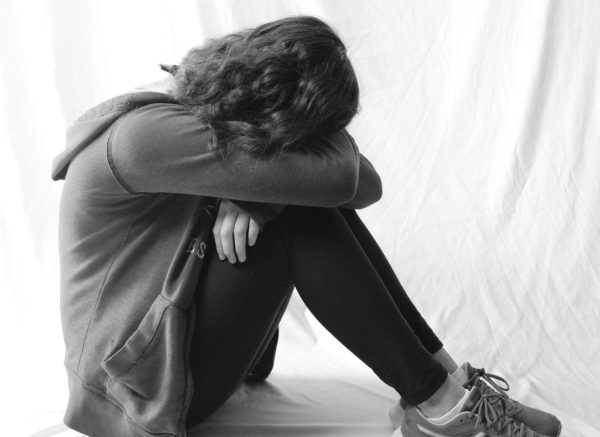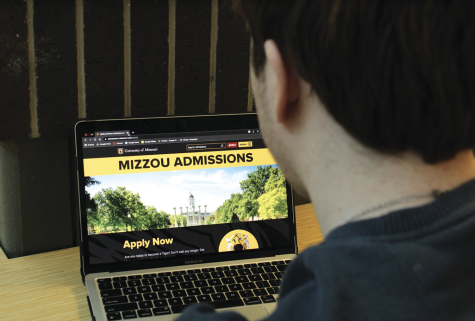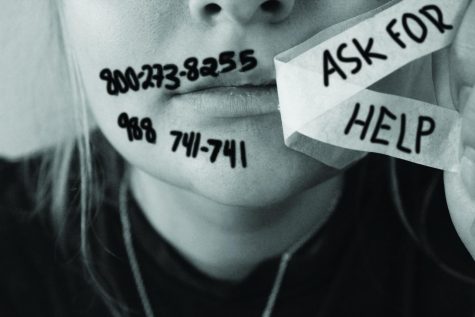It’s Not All Likes and Views
The effects that social media platforms have on teenager’s mental health.

Among those that reported suicidal thoughts to the Wall Street Journal, 6% of American users traced the desire to kill themselves to Instagram. Feeling pressured to look perfect,can lock someone into harmful physical stereotypes. The spread of bullying, hate speech and toxic friendships. According to The Wall Street Journal, teens who struggled with this reported Instagram was a large factor that added to their decreased mental health.
Facebook executives found that more than 40% of Instagram users who reported feeling “unattractive” said the feeling began on the app. Social media and the effects it has on users’ mental health is an issue that has grown tremendously as more platforms are created.
“Thirty two percent of teen girls said that when they felt bad about their bodies, Instagram made them feel worse,” researchers from The Wall Street Journal said.
Although social media can have many harmful impacts, it can also help people to make friends and create connections that wouldn’t be possible without online platforms. However, the question remains on whether or not this outweighs the negative effects this can have on people.
“I definitely think it [social media] can help you make friends and talk to people that you never would have met before, which is really nice,” senior Karlee Ensor said. “It helps you connect to them. But, there’s also a lot of negativity and bad ideas being spread around.”
Social media can directly lead to mental illnesses such as depression, anxiety and even suicidal tendencies. The Wall Street Journal reported that many teens blame Instagram for the increasing rate of anxiety and depression. Many students at the school have also personally experienced negativity through time spent on social media.

“Two years ago, on my Instagram, I used to get a lot of hate when I was in school because I liked to make comedy videos,” freshman Heaven Radford said. “People told me over and over to kill myself, which really hurt me. I was in a suicidal stage.”
Additionally, the increased expectations of beauty and fitness on Instagram, seeing others as perfect, can hurt. Teenager Anastasia Vlasova, reported to The Wall Street Journal she developed an eating disorder based on the content that she saw on social media. This included images of chiseled bodies, perfect abs and women doing 100 burpees in 10 minutes. The unrealistic ideas that people see on social media can lead to more suicidal thoughts, as described by Ensor.
“People can feel really suicidal and sad because they get a lot of hate comments, which really impacts their self-esteem,” Ensor said. “When girls on Instagram see celebrities, they’ll think, ‘Oh, I want to look like that,’ when they’ve had plastic surgery and don’t eat food.”
Moreover, the diminished self-confidence and promotion of unhealthy standards and ideals found on social media can lead to people self-diagnosing with mental illness. While this may be helpful towards gaining the necessary treatment, self-diagnosis can be very dangerous. According to the Highland Springs Clinic, jumping to conclusions about a condition someone is suffering from, they may begin wrongful treatment.
“Social media is definitely harmful for mental health through promoting unrealistic ideas and romanticizing mental health,” senior Alexis Dowdy said. “For example, people tend to self-diagnose themselves with illnesses like depression if they’re just feeling sad, which is really harmful.”
The largest perpetuator of the increased issues of mental health is Instagram, which was reported by The Wall Street Journal to have over 40% of their users as 22 or younger. 22 million teens log onto instagram every single day. This means that over half of the U.S’ teen population is using Instagram daily. Apps like Instagram and Tik Tok have a curated algorithm that will recommend content to users that aligns with their interests and what they look at. This means that when a young person likes a photo of an influencer or a model, they’re likely to see more content similar to that. This makes it harder to see realistic content and develop healthy expectations, leading to further mental health issues and polarization.
“I think they [algorithms] add to a lot of the extreme views people can have on social media, and it makes them less willing to listen to other perspectives,” Ensor said.
Even if a teenager doesn’t recognize it at first, the oversaturation of people who appear to have perfect lives, bodies and features can make an individual critical of their own features and lifestyle. The polarizing algorithms of social media can isolate people from their friends, adding to their mental health issues and leaving them without support for treatment. Although it can be difficult to achieve, one way to avoid these issues is to ignore them.
“People judge us for the things that we want to do to make ourselves better,” Radford said. “To be honest, there’s no avoiding them. You just have to be you. You can’t just do what people think. Comments are comments.”
Executives at Facebook and Instagram have done research on the effects that their platform has on mental health, as reported by The Wall Street Journal. However, the process of change is very slow and is stunted by companies who have not taken precautions to decrease the harmful impacts that their platform has on people. Teenagers and users of social media may take steps to increase awareness and advocate for mental health through discussing the issue and taking the matter into their own hands.
If people have suicidal thoughts as a result of social media, they can contact the National Suicide Prevention Lifeline at 800-273-8255, available 24/7.











